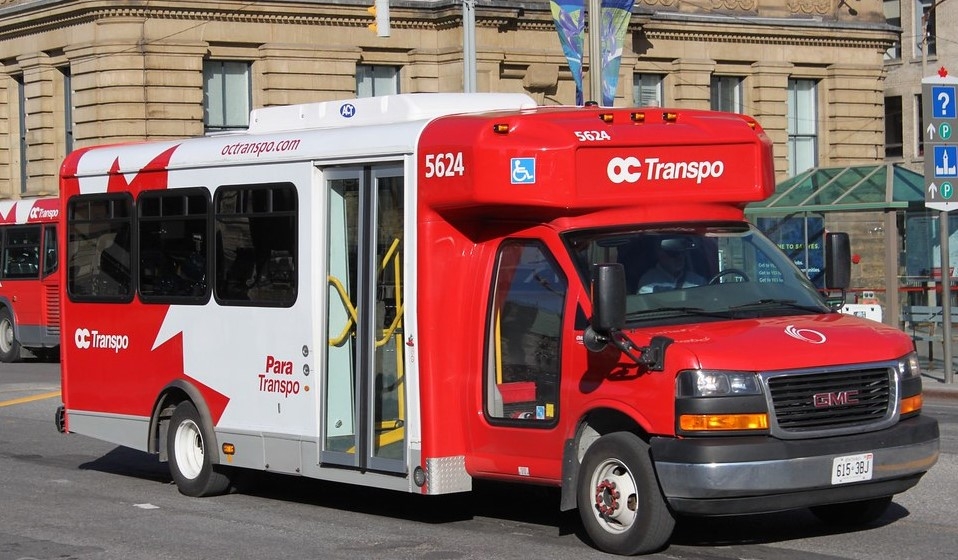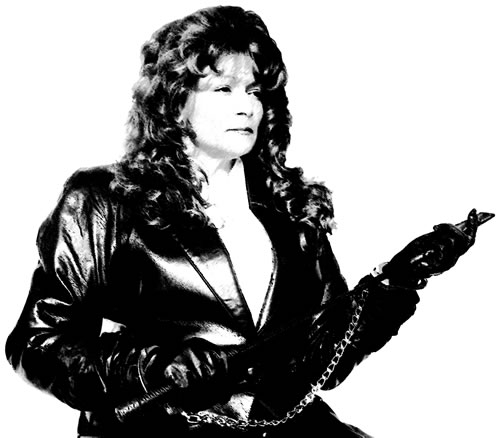
The O-Train: Getting It Right the First Time
The City of Ottawa's plan for an expanded 0-Train is being tackled in rather a piecemeal fashion. Eventually, trains will replace much of the bus service that clogs downtown streets at rush hour. Futuristic trains (aka Light Rail Transit — or LRT — vehicles) will glide from Bayview Station to the Mackenzie King Station at the Rideau Centre, east along Slater Street and west along Albert Street. The present 8 km of 0-Train route linking Bayview and Greenhorn stations will become part of a 27-km light rail route, which is proposed to run through downtown, south past the Ottawa Macdonald-Cartier International Airport and into Riverside South and Barrhaven.The proposed east-west line linking Ottawa Train Station with Kanata would serve a ring road function, handling intersuburban travel.
LRT is an idea that is way overdue for the National Capital Region. And yet however worthy the objective of bringing Ottawa a 21st-century rail-based transit service, the 0- Train expansion is not coming together clearly in the minds of the citizenry, for the lack of a grand vision. Some decisions taken by the City of Ottawa about where the train should go are absolutely confounding. For example, the need to service Riverside South, a community that does not yet exist, is overriding the need to service built areas with large commuter populations. And proposed routes seem to fall one station short of major destinations and transfer points.
The existing 0-Train service has been very successful. Ridership is now well above 50% over the forecasts, and is growing by 18% year after year. This growth in ridership is entirely due to positive word of mouth, because the City hasn't done much to advertise the service. The ridership increase is also remarkable, because the 0-Train hasn't been expanded since it was launched in 2001!
When the 0-Train was planned back in 1998, it was decided that the route would be extended up to Sparks Street to give it a downtown terminal. The junction with the Transitway at Bayview Station was not meant to be the end of the line.Yet in the intervening seven years, no progress was made towards incrementally extending the 0-Train. Instead, the City of Ottawa has opted for a successor project, which is the big bang, $675-million investment in a new electrified system that will actually replace diesel-powered the 0-Train rather than extending it.
The City of Ottawa's Rapid Transit Expansion Study (released in 2003) identified a target network of 112 km of light rail lines, plus extensions to bus transitways. However, the integration is missing and there is no overall coordination for the plan at the city level.The City of Ottawa is not hiring its own expertise to move that plan forward. Instead, it is relying on different consultants for every piece of the plan. So there is no net buildup of knowledge or experience in moving towards the target.
The bus-only Transitway was built where land was available, not necessarily where commuters wanted to go.The major problem with these bus-only roads is the lack of a central link in the downtown corridor, which results in bus traffic jams twice daily along Albert and Slater.
Many North American cities with light rail have a two-directional transit mall, used only for electric light rail and pedestrians, on one of their downtown streets. "Because Ottawa has already devoted two of its major downtown thoroughfares to OCTranspo buses — and essentially given over a good part of the capacity of Wellington Street to Gatineau STO buses — we didn't have the flexibility to take yet another street out of the downtown mix," says David Jeanes, president of Transport 2000 Canada, a pro-transit lobby group. "So what they've done instead is shoehorned the light rail lines onto the same streets that already carry the Transitway. This has generated a lot of controversy. It is feasible to do that, but only if the City has a strategy for progressively removing the buses from Albert and Slater. We believe this could be done, as light rail provides the capacity to move more people on those streets than the buses. It also means, because it's electric, that as you shift people over from buses to electric light rail, air quality improves; congestion goes down because the vehicles are bigger and carry more people; productivity goes up, because one OCTranspo operator can be moving 400 people instead of 80; and fuel consumption goes way down. This means we can start tackling the problem of operating costs, which are killing our transit budget and forcing fare increases."
Another advantage of light rail is that vehicles don't have to turn around in a loop.They just change direction, like the present 0-Train. There's a driver's cab at each end, so when the light rail train reaches Mackenzie King Station, the driver can just walk down to the other end or another driver can take over and the train then heads off in the other direction.
Many transit enthusiasts argue that Mackenzie King Station is not a good choice of terminus; it would be much better to at least extend the train into the University of Ottawa, because that's a major destination for commuters coming from the west, but it would be even better if there was a plan to extend the LRT all the way to Hurdman Station, thereby linking all the buses that feed in from the eastern and southeastern suburbs to a downtown-bound rail service. Commuters could transfer onto clean, quiet, high-quality, high-capacity mass transit, rather than continuing their journey on hundreds of buses heading downtown every hour into already congested streets.
"Right now on Slater and Albert streets, OC Transpo buses are creating congestion, not solving the problem," Jeanes opines. "There are too many buses, including lightly loaded suburban buses, coming downtown. All these buses are blocking and delaying each other. Further, downtown bus stops are highly congested areas."
Creating a transit tunnel for light rail is feasible, and it would be cheaper than twin bus tunnels would have been, says Jeanes."For one thing, a light rail tunnel wouldn't require elaborate ventilation systems to get rid of diesel fumes. Electricity is a clean propellant. But we have to be able to manage the number of people emerging from the stations onto the sidewalks, as we don't have wide enough sidewalks in the downtown to handle the passenger flow. And we don't have an internal underground pathway network like in Montreal or Toronto, or above ground pedestrian bridges like in Calgary and Edmonton, so everybody pouring out of those underground stations would be congesting on streetcorners. Tunneling makes the system very costly, so it's better to build on the surface. Very few cities are building deep subways now The cities that are building successful light rail systems (Dallas, Denver, Salt Lake City, Portland, Seattle, Sacramento, Los Angeles) are doing it mainly on the surface, because it is affordable and a good advertisement for the system when you see (but don't hear) light rail vehicles going by. If the LRT system is buried deep underground, it is much less of a draw for new riders."
By the end of 2005, bids will be submitted and the City will be able to move forward with construction of the 0-Train expansion in 2006, with a view to opening the system in 2009. Companies bidding on the light rail vehicle contract are: Bombardier, Kinkisharyo International and Siemens. Companies bidding on related civil engineering projects are: Rideau Rail (a consortium that includes Aecon and the Washington Group), Kiewit, EllisDon Group, Siemens, PCL/Dufferin, SNC Lavalin Engineers and Constructors, and National Capital Light Rail Group (Necso).
Yet the City of Ottawa still doesn't have a strategy for how to shift from buses to environmentally friendly, clean and quiet light rail in the congested downtown. This is one of the crucial factors that is upsetting the businesses along Albert and Slater streets, because they don't see any strategy like that being put forward by the City. It's not really possible to find out who at the City would be responsible for such a strategy if it were being developed, because the way the City has set up its bureaucracy to manage light rail, it's very project-focused, rather than network-focused. One team is working on north-south light rail, while a separate team focuses on east-west light rail. Yet another team will work on interprovincial transit with the National Capital Commission and the City of Gatineau, while other teams focus on Transitway extensions. So it would appear that no one at the City of Ottawa is looking at the big picture in terms of LRT for the region.
So, is the City of Ottawa on the right track with its 0-Train expansion plan and the way it's handling the proposed downtown LRT project?
"We only get one chance to do this right,"Jeanes sums up. "We only get one shot at spending $200 million of federal money and $200 million of provincial money, and if we don't spend it wisely, it will be very hard to persuade the senior governments to give us more.”
By: Hank Reardon










